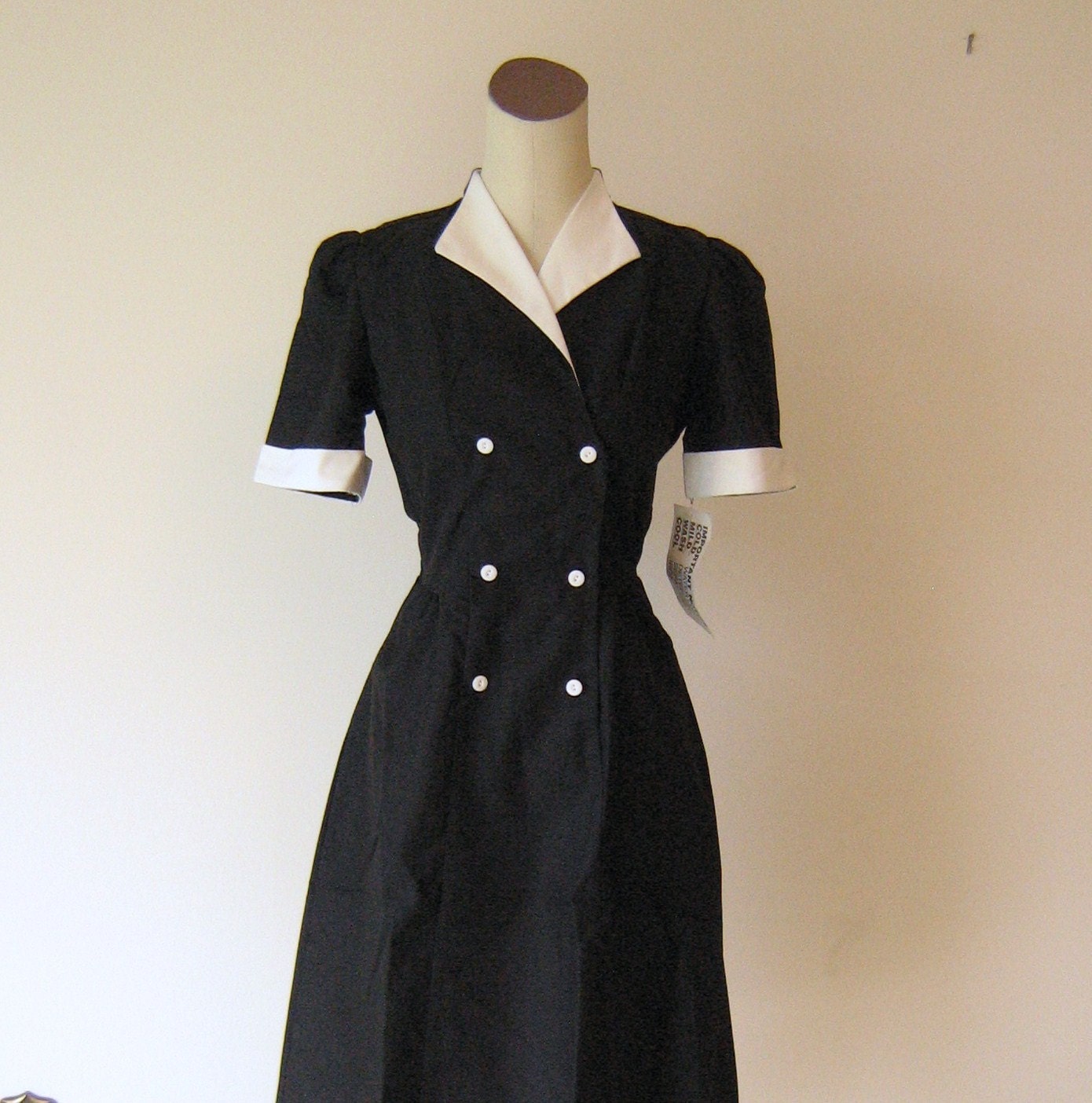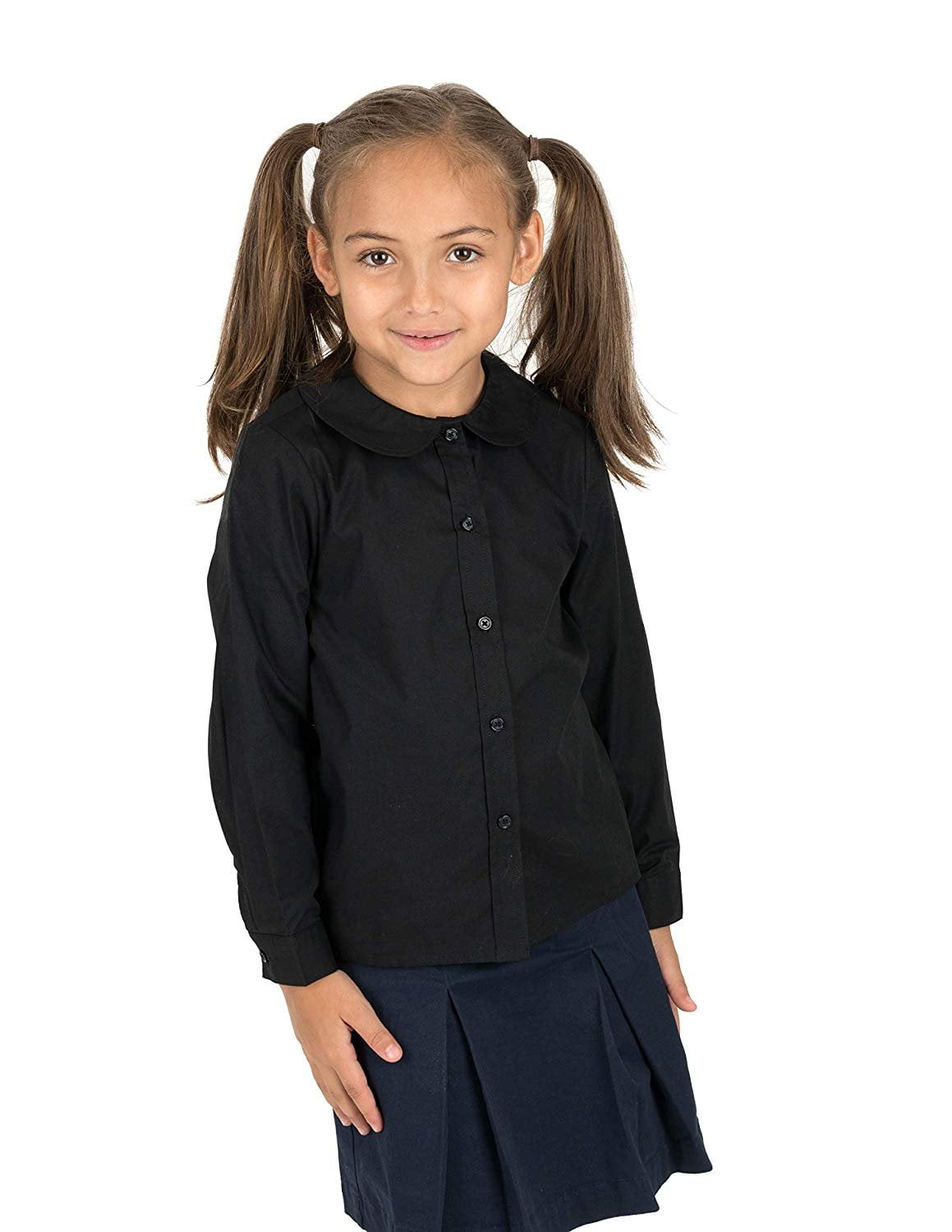Table of Content
- ChoCho Track black karate belts martial arts uniform ranking taekwondo karate judo bjj colored ranking belt aikido kempo sports
- Uniform style mug inspired by ST:TNG - available in command red, science blue, engineering gold
- US Navy Uniform Dress Khaki Jacket
- US Navy Dress Uniform Officer Jacket Trousers Tie
- Vintage 1970s 1980s USN Navy seaman's tunic jumper, button flap pants USS Tripoli Apprentice Aviation Support uniform

So lofty, in fact, that we think it might’ve gone to their heads. Designed to provide your feet with the comfort and protection you need to perform at your best, Thorogood uniform boots are popular with public safety workers, police officers, security personnel, and other professionals. Our lightweight, practical, comfortable uniform shoes and police boots include options to fit your job and work situation.

The current pattern was introduced in 1981 and is also similar to the Royal Air Force design, except that the coat and trousers are dark blue. Dark blue bow ties and dark blue cummerbunds are used for black-tie affairs, and white bow ties with white waistcoats for white-tie affairs. Silver-trimmed shoulder boards and silver sleeve braid are worn rather than rank braids , along with silver buttons.
ChoCho Track black karate belts martial arts uniform ranking taekwondo karate judo bjj colored ranking belt aikido kempo sports
“Always Ready” to make a great impression with its dress uniforms. While Dress Blues are akin to black-tie, the Marine service uniform is more like a business suit. And like the Dress Blues, there are several variations on the main khaki and green ensemble. The centre right male officer is wearing the boat cloak as an outer garment. Air Chief Marshal Glenn Torpy of the Royal Air Force wearing No. 5B mess dress. Haakon, Crown Prince of Norway, wearing Norwegian Navy mess dress during the wedding of Princess Madeleine and Christopher O'Neill.
Officers of the Foot Guards, Royal Engineers, the Parachute Regiment, the Royal Army Medical Corps, and the Royal Regiment of Scotland amongst others still wear the infantry style of jacket. Mess uniforms first appeared in the British Army in about 1845, initially utilizing the short "shell jacket" worn since 1831. This working jacket was worn open over a regimental waistcoat for evening dress.
Uniform style mug inspired by ST:TNG - available in command red, science blue, engineering gold
As the war went on, the Waffen-SS recruited heavily among conquered populations, creating 'ethnic' brigades and divisions. These formations wore, in place of the sig-runes, distinctive unit collar patches identifying them as Freiwillige . In the last days of World War II, the SS also created a twin swastika collar patch which was used by the "auxiliary SS" which were non-SS members conscripted to serve in concentration camp positions. By 1943, a special staff non-commissioned officer position, known as Stabsscharführer had been adopted by the Waffen-SS. This position, equivalent to an army Hauptfeldwebel, was denoted by a special sleeve insignia and was not an actual rank, but rather a title for the head SS non-commissioned officer of a particular combat unit.

It was formed by Julius Schreck and included old Stoßtrupp members, Emil Maurice and Erhard Heiden. The only insignia was the swastika armband, usually homemade, except for the handful of men constituting the Stosstrupp's successor, the Schutzkommando, who continued the use of the Totenkopf pinned to cap or collar. That same year, the Schutzkommando was expanded to a national level. It was renamed successively the Sturmstaffel , and finally the Schutzstaffel , abbreviated to SS . In the following year adopted its first recognizable rank insignia system, with the rank and file of the SS, like the rest of the SA, still wearing a variety of brown shirts or paramilitary uniforms. The combat units of the SS-Verfügungstruppe (SS-VT) and the later Waffen-SS wore a variation of the field-grey (grey-green) army uniform with SS insignia.
US Navy Uniform Dress Khaki Jacket
In 1932, the SS introduced its best known uniform, the black ensemble designed by Karl Diebitsch and graphic designer and SS-member Walter Heck. The shirt remained brown as a nod to the SA, of which the SS was still nominally a part, but all else was black from high boots to the new military-style peaked cap, aside from the red armband. SS men were also issued black wool greatcoats for inclement weather, which similarly carried the armband, epaulette and collar patches. Around this time a belt buckle featuring the motto Meine Ehre heißt Treue ("My Honour Is Loyalty") in its design was produced by the Overhoff firm to replace the SA buckle. In January 1902, the British army adopted a universal khaki uniform for home service wear, the Service Dress, after experience with lighter khaki drill in India and South Africa. The traditional scarlet, blue and green uniforms were retained for full dress and off duty "walking out dress" wear.

The original purpose was to provide a relatively comfortable and inexpensive alternative to the stiff and elaborate full-dress uniforms then worn by officers for evening social functions such as regimental dinners or balls. With the general disappearance of full dress uniforms after World War I, mess dress became the most colourful and traditional uniform to be retained by most officers in British and Commonwealth armies. Immediately after World War II the cheaper "blue patrols" were worn for several years as mess dress, but by 1956 the traditional uniforms had been readopted. In modern Germany, mess dress is a permitted uniform for officers and non-commissioned officers of the Bundeswehr attending white or black tie festive social occasions. Female soldiers wear a long dark-blue skirt and a white blouse with the Bundesadler ("Federal Eagle" coat of arms) on the right collar. This is combined with a long scarf across the chest and a dark blue short velvet jacket.
Pocket Single-Breasted Blousecoat Men’s – Black
Riflemen in dark green No.1 dress uniform; bugler in full dress busby. Most regiments maintain full dress for limited numbers of personnel, including musicians and guards of honour . However, all of these uniforms must be purchased and maintained from non-public funds. Senior officers, of full colonel rank and above, do not wear a regimental uniform ; rather, they wear their own 'staff uniform' . In the past, musicians such as buglers and signal callers would reverse the uniform colors to distinguish themselves from the infantry. Today, musicians in the fleet bands typically wear the Blue Dress uniforms, however, members of the U.S.

Whether you’re looking for pants, polo shirts, skirts, shorts or dresses, you are sure to find one that fits your kiddos. Ideal for an event at school or a formal outing with the family, your little ones will love our collection of button-down shirts, sweatshirts, plaid shirts, v-neck shirts and zip-up hoodies. From elementary to middle school and high school, you are sure to find uniforms that fit your kids like a glove.
No comments:
Post a Comment